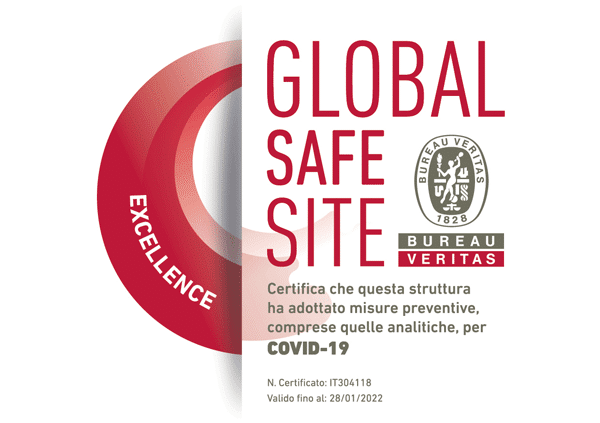Astigmatism
Astigmatism is a sight defect that leads to poor sight quality in both near and distance vision.
The cornea of a normal eye is shaped like a section of a sphere; in the astigmatic eye, the cornea is oval in shape, that is, it looks more like an egg than a sphere.
This type of oval curvature does not allow the images to be focused on a single point of the retina, but there will be a number of focal points on several different levels.
In the majority of cases, spectacles or contact lenses will provide fairly satisfactory results. However, the Laser techniques are a valid alternative for correcting the astigmatic defect. Different techniques can be used, depending on the severity of the defect and whether it is associated with myopia and hyperopia.
The most popular techniques are:
- Astigmatic PRK or astigmatic surface photoablation with the excimer laser: this procedure removes a tiny quantity of tissue from some sectors of the corneal surface with the curvature modified to a more spherical shape.
This procedure is normally used to correct mild astigmatic defects. The Astigmatic PRK procedure has the same benefits and drawbacks as the PRK technique used to correct myopia. For further information, click here.
If, as often happens, the astigmatism is associated with myopia, the two defects can be corrected simultaneously.
- Astigmatic LASIK: this procedure is similar to the Lasik technique used to correct myopia; it differs in that the ablation with the excimer Laser is performed using different modes. It is normally selected to correct moderate and severe astigmatism; however, it can also successfully treat mild astigmatism.
Astigmatic keratotomy procedures: in these procedures, the surgeon creates two-four incisions in the peripheral cornea, using diamond blades or better still, using the femtosecond Laser.
Who is a candidate for these procedures?
The choice of the procedure depends on the severity of the defect, the patient’s age and whether other sight defects (myopia and/or astigmatism) are present.
The vast majority of astigmatic defects can be corrected and generally speaking, the surgical procedures will provide excellent results, particularly if the Lasik technique is used.



